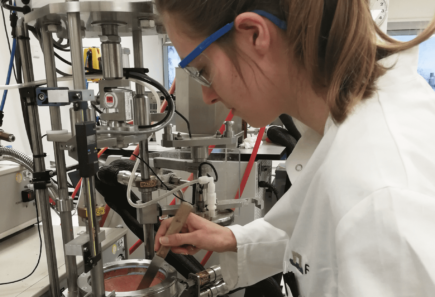
The Science of Alt Protein: Modification and application of mung bean & yellow pea in plant-based foods
What are the applications of mung bean and yellow pea in plant-based foods? Join us for our next Science of Alt Protein seminar where Miek Schlangen, M.Sc., of Wageningen University, will review the extraction of mung bean and yellow pea into protein-rich fractions using dry fractionation.




